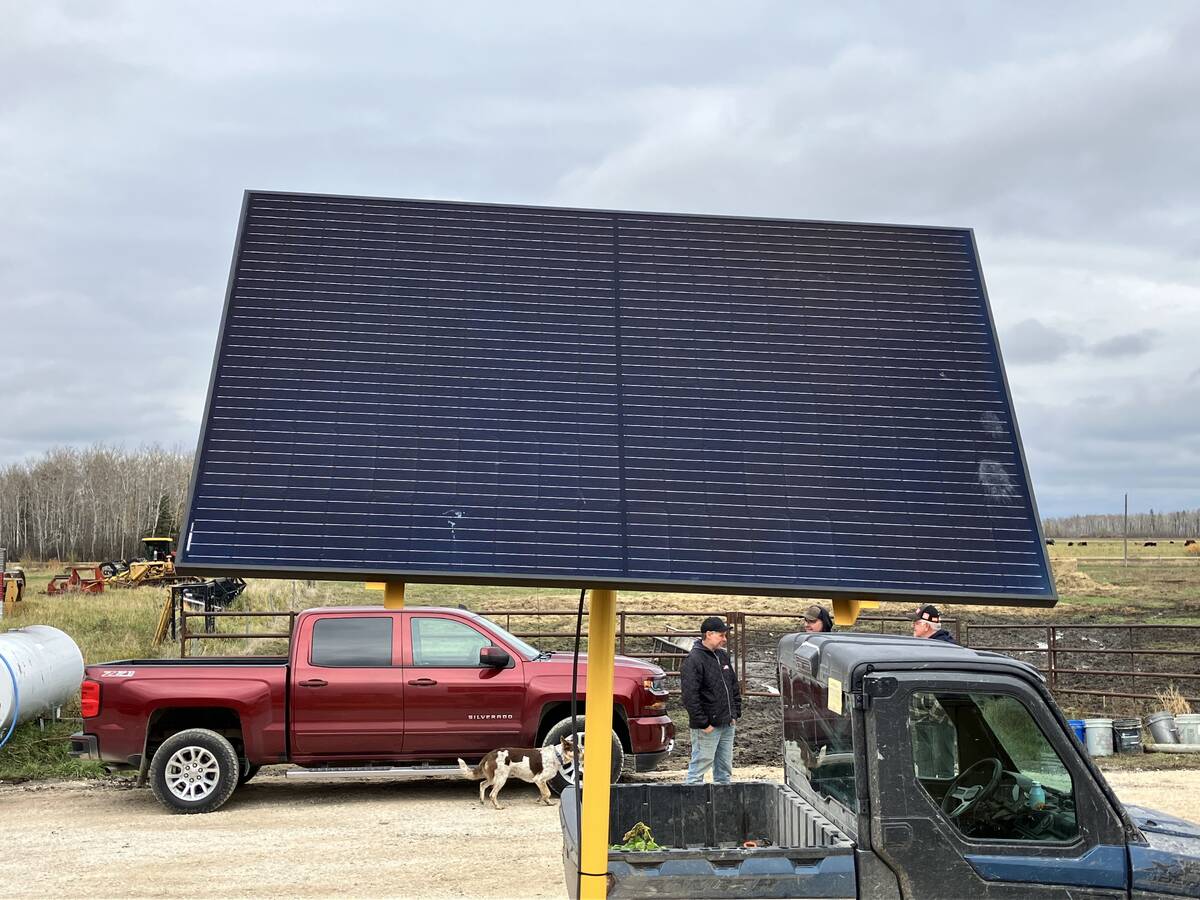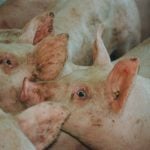The first time I picked up a book by Isaac Asimov, I was in high school and the book was “Foundation.” More recently, I got around to another Asimov classic, “I, Robot.”
If your only experience with Asimov’s AI-centred opus is the 2004 movie, forget everything you know. The book has less violent robot revolution and more about a society reeling as new technology sweeps the globe, labour needs shift, regulations try to keep up and people react to a status quo that’s changing at a breakneck pace.
It doesn’t just ask, “What happens if AI goes wrong?” It asks, “Where do we end up if AI goes right?”
Read Also

VIDEO: Watering system a cattle health win
Portable livestock watering system helps Manitoba beef producer combat foot rot cases on pasture.
Given how deeply AI is permeating the collective consciousness, agriculture included, it seems like a relevant question.
There’s little doubt that the future of agriculture is going to include AI. It’s already happening.
On Feb. 28, I got a press release announcing the next stage of a deal between Corteva and biological input company Lavie Bio. That deal would see Corteva commercialize biofungicides, which Lavie Bio and its parent company Evogene had started developing with the help of a predictive platform backed by AI.
Precision agriculture is another obvious foothold, and conversations about how AI could dovetail with spray technology were happening long before the furor of ChatGPT. Back in 2019, one booth at the Ag in Motion farm show was already drawing attention for its promise of green-on-green weed control. The company, Precision.ai, envisioned a fleet of drones, deployed with a herbicide payload and an algorithm that would identify weeds and deliver a killing dose only to that plant.
Last year, ag headlines in the U.S. announced a marriage of AI and facial recognition from a Texas startup, 406 Bovine. That was meant to identify individual animals in a dairy or feedlot operation to improve herd management.
Similar technology was highlighted at Canada’s Outdoor Farm Show in Woodstock, Ont., in 2022. Western Canadian company OneCup AI touted its facial recognition system for poultry. It had already been known for its BETSY cattle identification system, which similarly uses AI to keep tabs on individual animals and monitor health, growth, nutrition and other metrics.
Those examples don’t even touch what might emerge in terms of AI tools to help producers manage farm data or tease out agronomic recommendations, or how AI will be incorporated into equipment, or any of the other, myriad ways that artificial intelligence might be put to work on the farm and in agribusiness.
What about predictive programs for commodity markets? What about modelling farm management impacts or land and water use changes?
Just like in the story imagined by Asimov, our technological capacity on the farm in five or 10 years might bear little resemblance to a decade ago.
Then again, the same thing was said of earlier digital agriculture technologies.
In November last year, the Co-operator explored some of the reasons that digital agriculture was not as widespread as some experts had forecast. Price was part of it. New equipment and technology are expensive. Connectivity was another issue, rural internet being what it is.
There was also the matter of how quickly the technology itself was changing. How do farmers invest, knowing the technology may become quickly obsolete?
Many of those challenges will be just as pertinent when it comes to AI.
Taking advantage of AI is also going to require more technical know-how to match the more technical tools.
In late February, Brandon’s Assiniboine Community College announced it is introducing a two-year digital agriculture technology diploma. Another less time-intensive offering was launched by the Enterprise Machine Intelligence and Learning Initiative (EMILI) earlier this year. It is a module-based course fostering digital literacy for farmers.
In those cases, the challenge will be keeping course material on pace with technological advancement.
AI is here to stay. The question is how well agriculture can conceptualize and capture its benefits, and how able we’ll be at avoiding the pitfalls.
Welcome to the world as seen by Asimov. We might as well get comfortable; we’ll all be here a while.
















